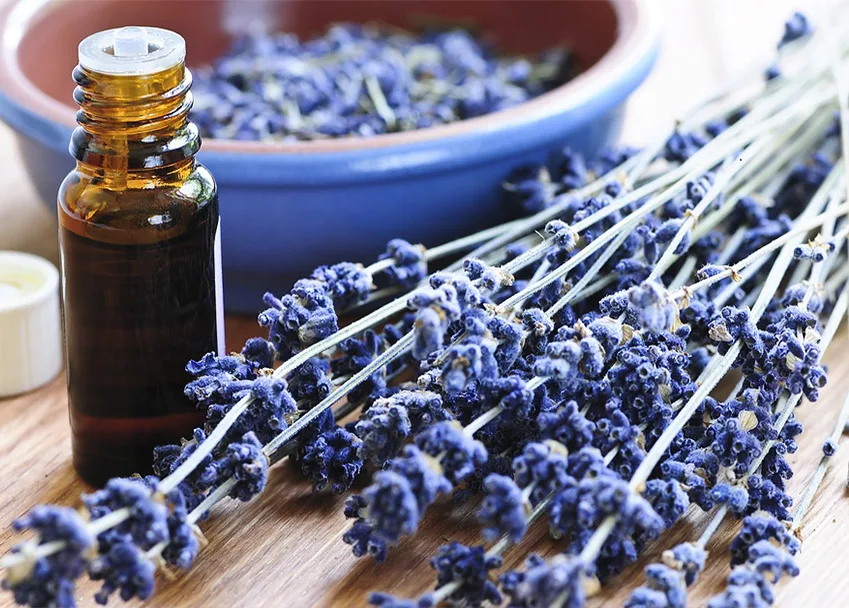Lean to grow a scented garden, or grow scented plants as crops for use in crafts, potpourri and more. This course covers all aspects of plant types, cultivation, harvest, varieties and commercial applications.
Course Aims:
- Know the plant naming system and the uses of scented plants. There are many ways you might classify scented plants.
- By plant part – scented flower, scented foliage, scented fruit, scented root, etc.
- By plant group – scented bulbs, scented climbers, scented trees, scented shrubs, etc.
- By type of scent – strong scent, subtle scent, sweet scent, foul scent, etc.
- By use – edible herbs, plants for landscape use, for use in perfumes & cosmetics, etc.
- By plant family -plants which have similar botanical characteristics.
- Develop a foundation for understanding and identifying scented plants by becoming familiar with families that these plants belong to.
- Understand the cultural requirements of a range of scented plants. Learn how prevention is always the best cure. Try to keep the environment friendly to the helpful insects, a healthy soil structure with added compost, and maintain suitable environmental conditions for the plant. If you don’t have the right plant in the right place, they tend to struggle more.
- Heat, cold, wind, rain, frost, shade, pollution and other environmental problems can have disastrous effects on plants.
- All plants need water to grow, and to survive. Learn about composting, planting, pruning and methods of propagation
- Know how to make a range of products and uses for scented plants.
- Describe methods of drying herbs, making potpourri, cosmetic products, lavender crafts and rose crafts
- Explain harvest and post harvest techniques. If you are to reap the benefits of quality produce, crops must be handled properly during harvest and post harvest. Look at the the various methods for harvesting herbs.
- Discuss a range of the most commonly grown scented plants. Many scented plants are also commonly known as herbs however there are many that are not herbs but still have a wonderful scent and should be considered for inclusion in a scented garden.
- Discuss a range of the less commonly grown scented plan including fragrant Australian natives.
- Explain commercial applications of scented plants.
- Many species of scented plants are grown commercially for their: Cut flowers, Oils, Foliage, Roots, Tubers
- Some producers set up to specifically supply commercial growers (i.e. producers of oil or bulk flowers) with tube-stock or grow scented plants for specialist retail nurseries.
- operation options, faming options market research creating a scented garden.

